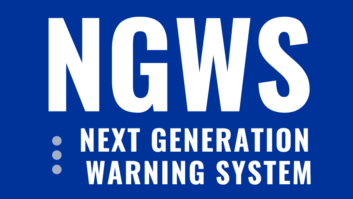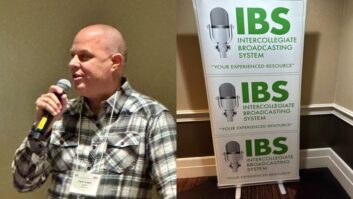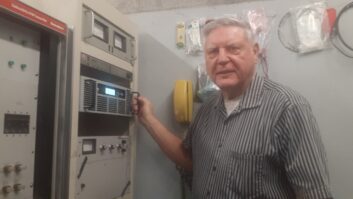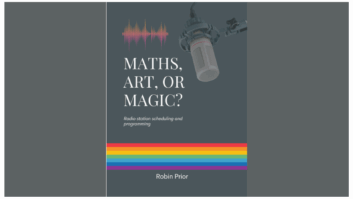
Test yourself in something. Pull out some of the recorded segments from your last on-air fund raiser. Play it in the background while you’re jamming through your e-mails.
Did any of it get your attention? Did you find yourself occasionally leaning in to listen? Or did you find yourself just hearing “blah-blah” in the background, perhaps getting mildly irritated from the distraction?
When you and your staff set aside planning time for your next broadcast fund raiser, review what worked so well for “American Idol” during their “Idol Gives Back” fundraiser last spring.
As I watched their show I started taking notes on what I think worked for them and what we might be able to apply to non-commercial radio:
- “Idol” uses celebrities who really care about the cause and give it credibility. So use artists and programmers more often with more heartfelt endorsements.
- “Idol” focuses on non-profit “partners'” specific needs to create a “bigger” cause for donors to become part of. Donors will respond much more earnestly when they can buy a piece of something “real.”
- “Idol” uses a great web site that gives a full explanation of where the money goes in a simple layout. Use theirs as a model for yours. See www.americanidol.com/idolgivesback.
- “Idol” incorporates powerful, dramatic, well-told stories of real people with real needs told about and by the individual. So create docudramas of individual listeners who have powerful stories (listener testimonials). Segment the stories so they can be used over several breaks with appeals in between segments.
- “Idol Gives Back” broadcast a clear explanation of how their individual needs are met and how their lives improve as a result of the support. Besides doing this for your listeners, also give case stories of individuals helped through your ministry partners.
- “Idol Gives Back” was a well-produced event, using the right song at the right time. Songs performed were matched to the story. Create a log that selects a powerful song to match the content of the story.
- “Idol” gathered sponsors that contribute and also tell us why they care. Get your business underwriters and other “sponsors” to provide match challenge money. Have them record a “Why I support the station” spot for broadcast.
- “Idol” used celebrities to answer the phones. Use artists and local celebrities to take a few turns on the phones.
- “Idol” used phone center interaction and provided regular updates on their pledge drive. Give pledge reports and progress updates from the phone center while interacting with the operators and the callers.
- And finally, the overall “Idol Gives Back” presentation contained a perfect balance of the following elements:
• recorded story vignettes
• clearly articulated need
• results of the donor’s help, shared clearly
• appealed from the celebrity field person reporting
• emotionally moving songs that matched the stories
• appeal by the artist after their song
• sweepers with an endorsement/appeal by a celebrity
• lots of heart messages and appeals to the emotions of the viewer/listener
• humor
You don’t raise a pile of money from a bunch of younger folks making small one-time gifts without knowing something about what you’re doing. Take action on a few of these suggestions and amaze yourself with the results.
Contact ShareMedia Services via its Web site atwww.sharemdiaservices.com.
The author is president of ShareMedia Services Inc., a broadcast fundraising consultancy.







